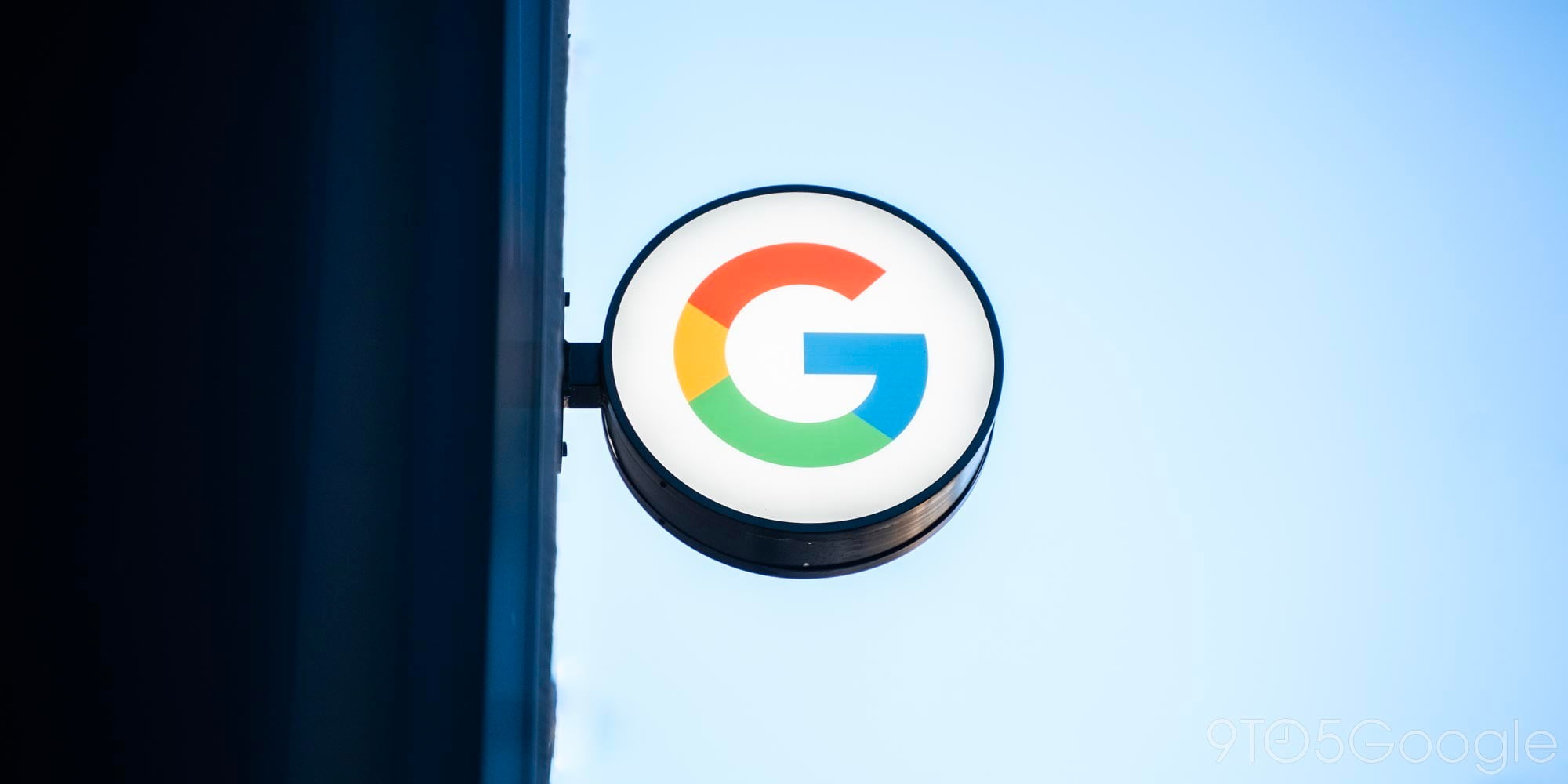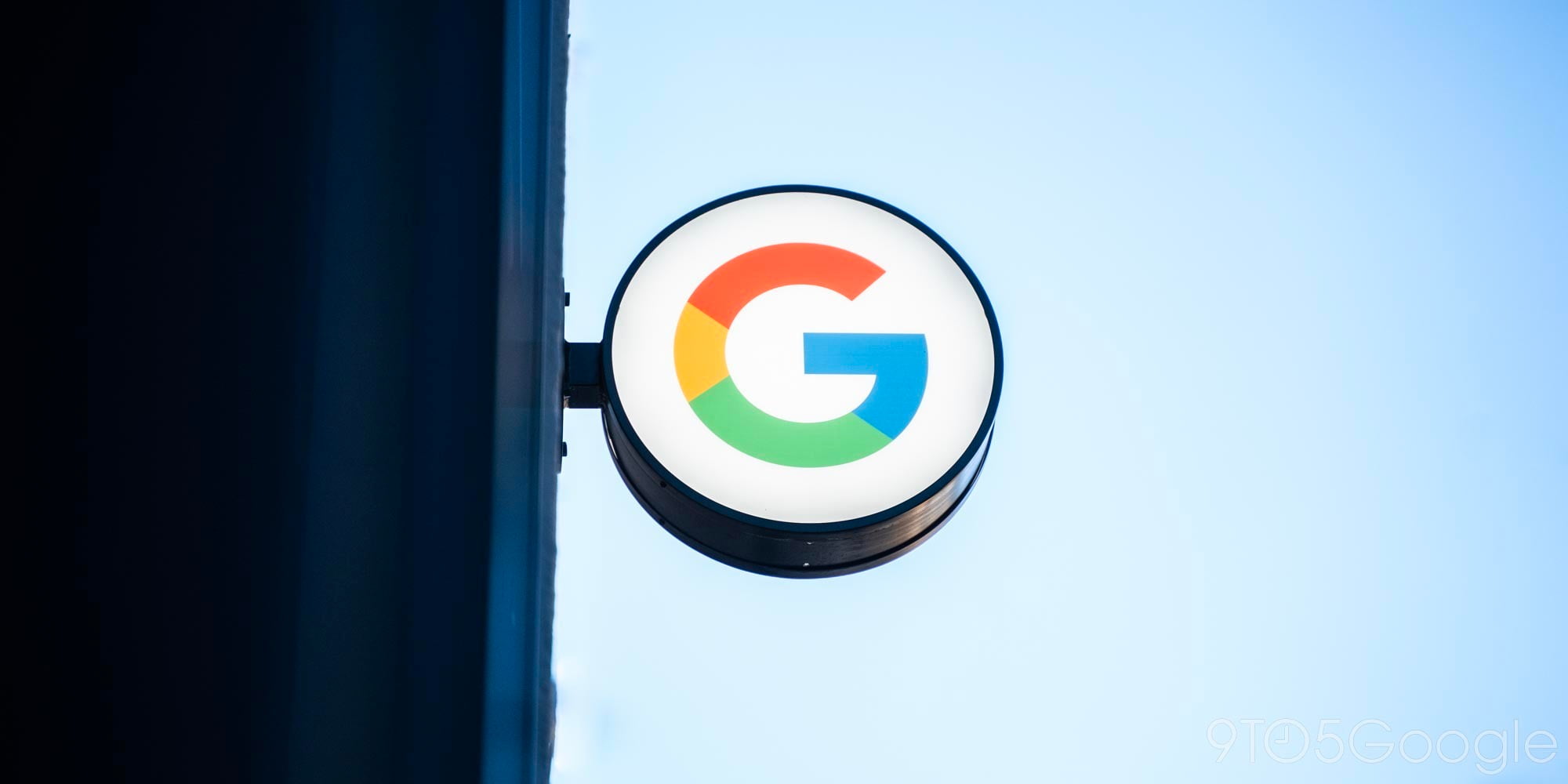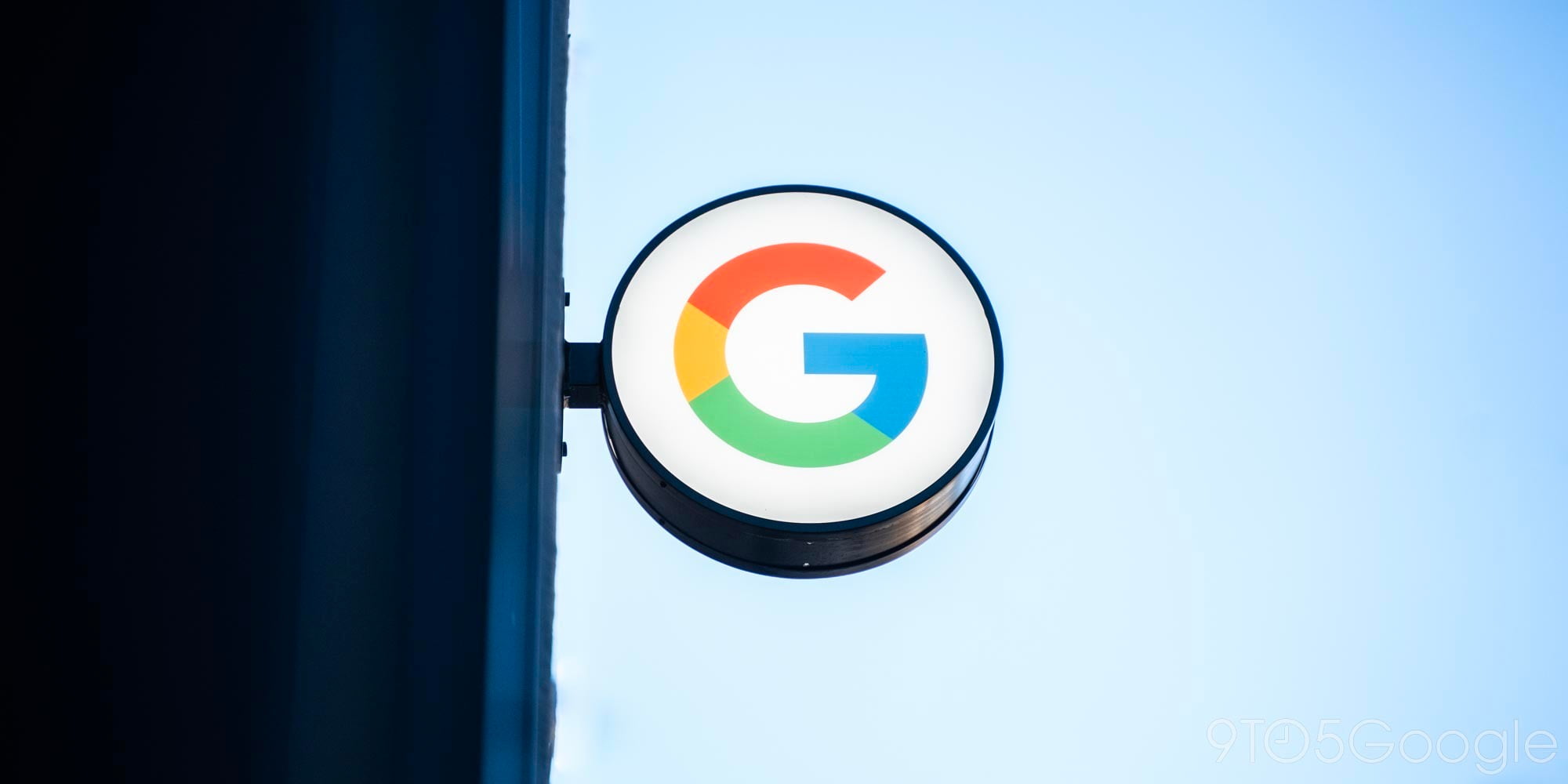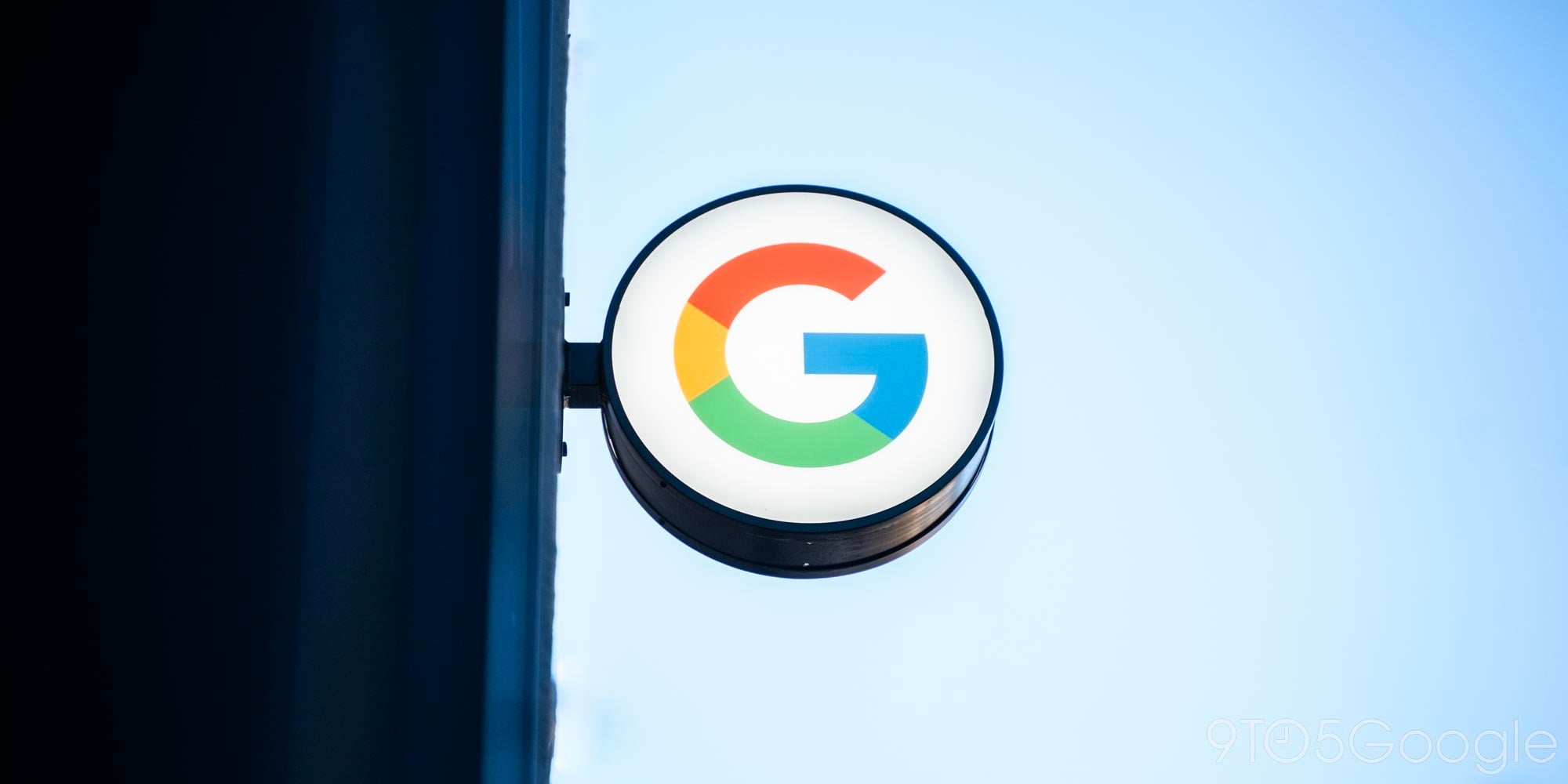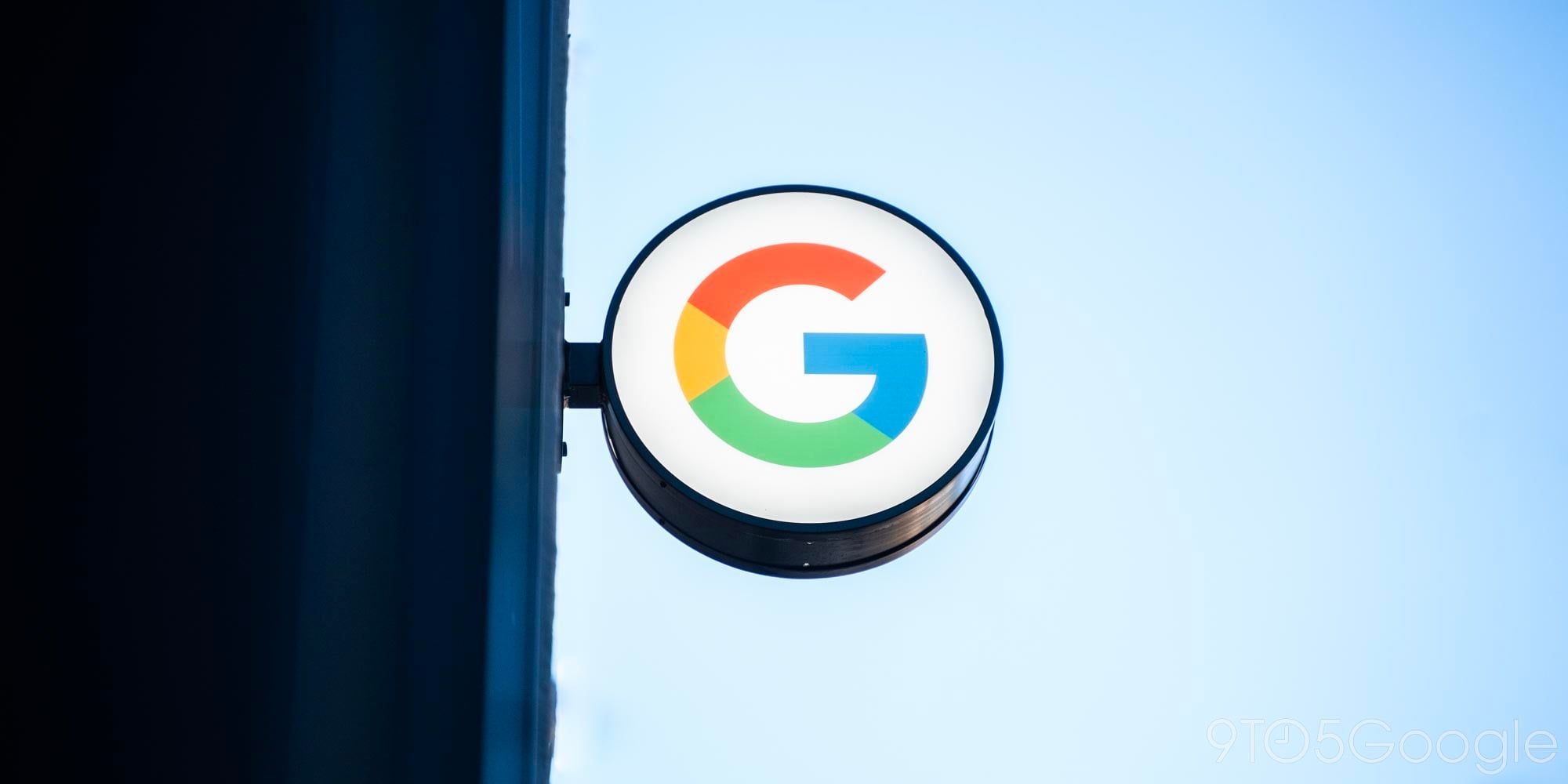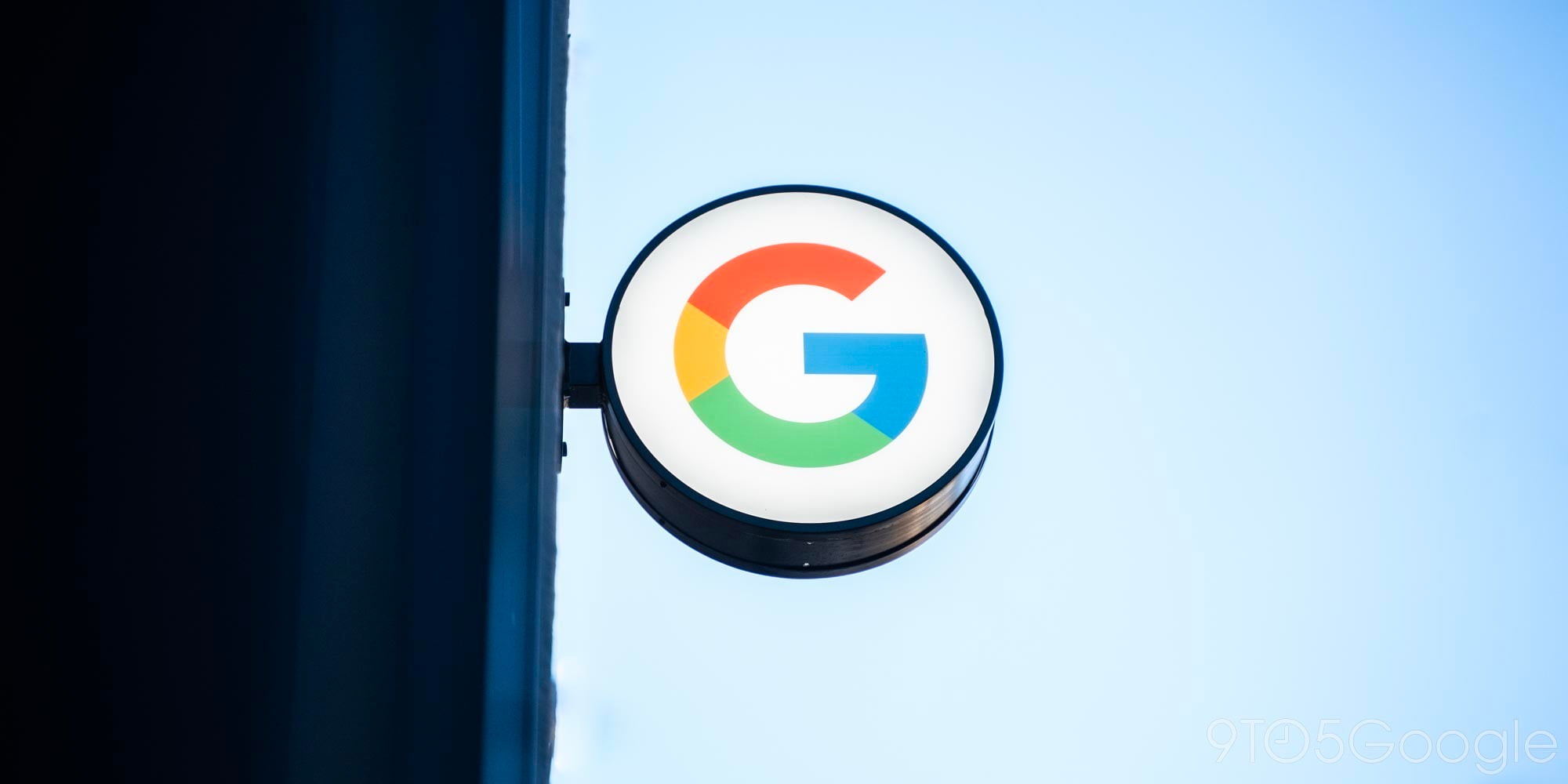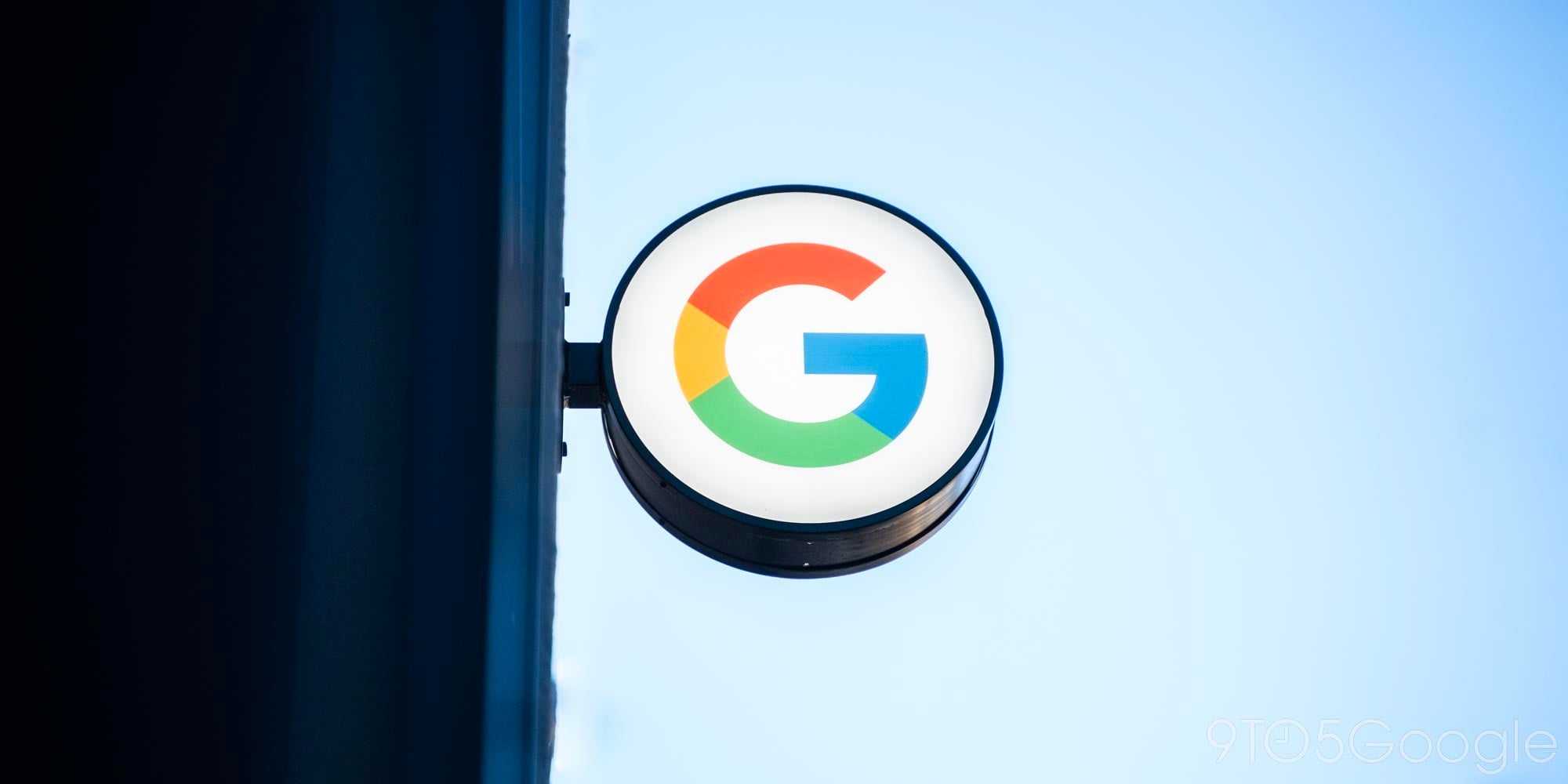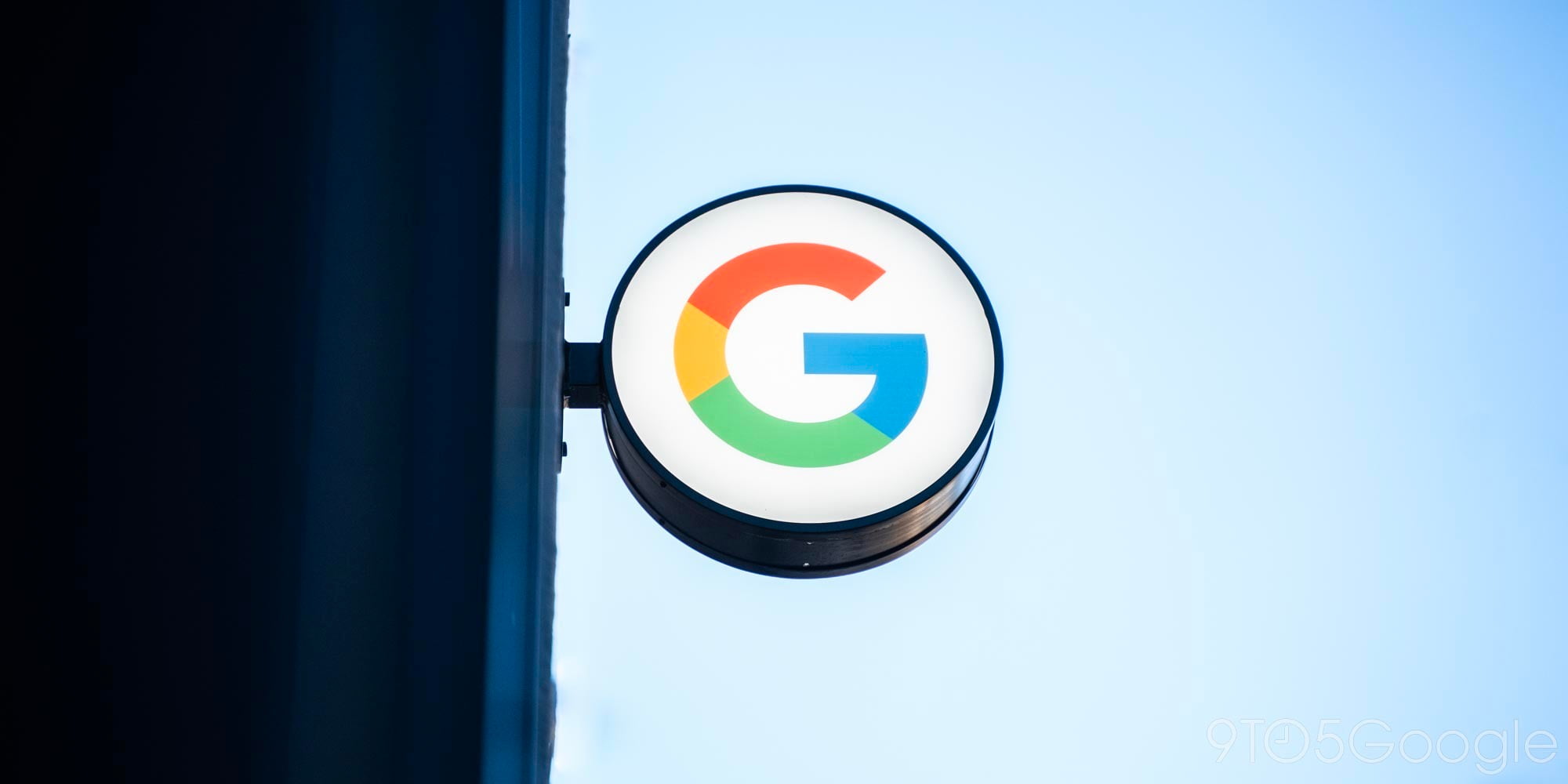3 months in: LG’s G Watch R does hardware right, but Android Wear holds it back (for now)


We’re still in the relatively early days of Android Wear, but I think those who have tried the platform have spent enough time with it by now to know whether or not it’s essential to their lives in its current form. I hate to spoil this review in the first two lines, but I know already that, for me, Android Wear is not something I really need. Put simply, it’s just not useful enough yet. From the available Android Wear devices I’ve tried, there are a couple that I think do hardware very well — the LG G Watch R is one of them. I like it so much that I want it to be a necessary part of my day, but it just isn’t there yet… here’s why.
Expand
Expanding
Close

